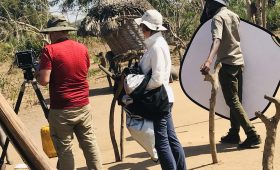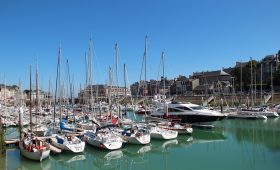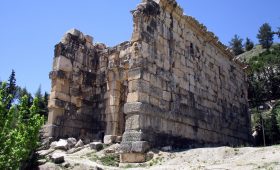San Rafael National Park: A Guide to Paraguay’s Natural Treasure
Exploring San Rafael National Park
San Rafael National Park, located in the Itapúa and Caazapá departments of Paraguay, covers an impressive 69,304 hectares. This park is part of the upper Tebicuary River basin and is characterized by its diverse ecosystems, including the Alto Paraná Lowland Atlantic Forest. The park’s elevation ranges from 100 to 500 meters, offering a variety of landscapes from lush forests to expansive grasslands.
Getting There
The park is accessible from Asunción, Paraguay’s capital. While there is no direct public transportation to the park, travelers can rent a car for a scenic drive. The journey offers views of Paraguay’s countryside, but be prepared for some unpaved roads as you approach the park.
Best Time to Visit
Visit during the cooler months from May to September when temperatures range from 17 to 23.8°C (62.6 to 74.8°F). This period offers more comfortable hiking conditions. However, if you’re interested in experiencing the park’s lush greenery, the wetter months from October to February provide a different perspective, though trails may be muddier.
What to See and Do
San Rafael National Park is a haven for biodiversity. Here are some highlights:
- Bird Watching: With over 400 bird species, including the vinaceous-breasted amazon and black-fronted piping guan, the park is a designated Important Bird Area. Bring binoculars for the best experience.
- Wildlife Observation: The park is home to jaguars, South American tapirs, and other mammals. Guided tours can increase your chances of spotting these elusive creatures.
- Hiking: Explore trails that wind through forests and grasslands. The terrain can be uneven, so sturdy footwear is recommended.
Practical Tips for Your Visit
To ensure a safe and enjoyable visit, consider these tips:
- Insect Protection: The park’s diverse ecosystems mean a variety of insects. Use repellent to avoid bites.
- Appropriate Gear: Wear comfortable clothing and sturdy shoes suitable for hiking on uneven and potentially muddy paths.
- Stay Hydrated: Carry sufficient water, especially during warmer months, to stay hydrated.
- Respect the Environment: As a protected area, it’s crucial to follow park guidelines to preserve its natural beauty.
Challenges and Conservation Efforts
San Rafael faces challenges such as deforestation and agricultural pressures. The park’s fertile soil is attractive for farming, leading to habitat loss. Conservation efforts are ongoing, with organizations like Guyra Paraguay managing protected areas within the park. Visitors can support these efforts by respecting park rules and considering donations to conservation groups.




